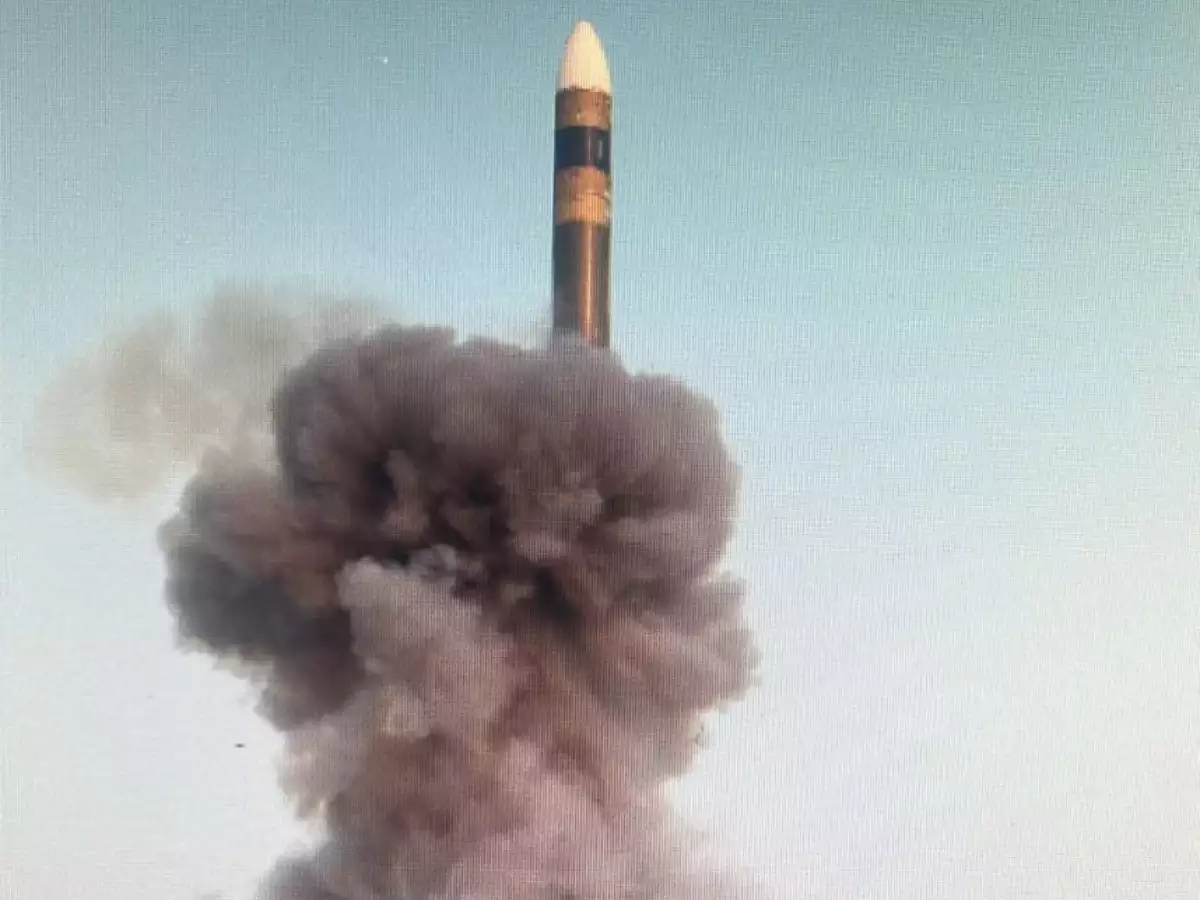SOURCE: AFI


The development and deployment of Multiple Independently targetable Reentry Vehicles (MIRV) in the Indo-Pacific region is raising serious concerns among security experts. According to Korda, an expert from the Federation of American Scientists, it’s not the nuclear-powered submarines themselves that pose the greatest threat, but rather the MIRV-equipped missiles they carry.
MIRV technology allows a single missile to carry and deliver multiple warheads, each capable of targeting a different location. This technology is also applicable to land-based missiles and can significantly destabilize the regional security landscape. India, Pakistan, and China are all actively developing missiles with MIRV capabilities.
India’s successful test of the Agni-V intercontinental ballistic missile in April marked its entry into the MIRV club, joining the ranks of the US, UK, France, Russia, and China. While Pakistan has also claimed to possess MIRV technology, experts remain skeptical about the veracity of this claim.
Korda emphasizes that adversaries must assume such claims are true to avoid being caught off guard in the event of a conflict. MIRV systems are considered ideal first-strike weapons but are also highly vulnerable to preemptive strikes. Their deployment in the region is likely to fuel an arms race as countries seek to develop missile defenses and conventional strike options to counter them.
The proliferation of MIRV technology in the Indo-Pacific region presents a significant challenge to regional stability. As these systems become more widespread, the risk of nuclear escalation and unintended consequences increases. It is imperative for all stakeholders to engage in constructive dialogue and pursue diplomatic solutions to address these growing concerns.